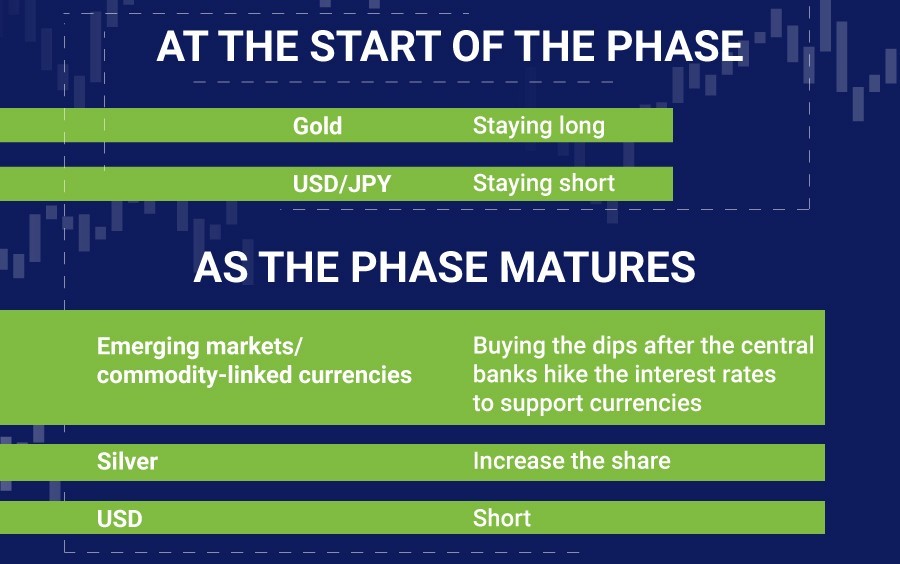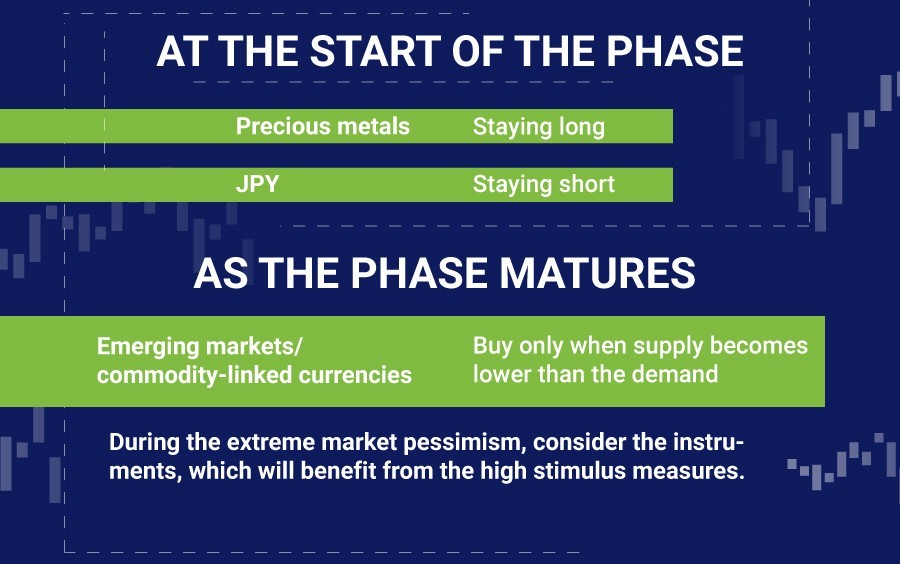
The G20 summit took place in Bali, Indonesia, on November 2022…

Don’t waste your time – keep track of how NFP affects the US dollar!
Data Collection Notice
We maintain a record of your data to run this website. By clicking the button, you agree to our Privacy Policy.

Beginner Forex Book
Your ultimate guide through the world of trading.
Check Your Inbox!
In our email, you will find the Forex 101 book. Just tap the button to get it!
Risk warning: ᏟᖴᎠs are complex instruments and come with a high risk of losing money rapidly due to leverage.
71.43% of retail investor accounts lose money when trading ᏟᖴᎠs with this provider.
You should consider whether you understand how ᏟᖴᎠs work and whether you can afford to take the high risk of losing your money.
Information is not investment advice
The oil prices update fresh lows, safe-havens rise, and stocks keep plunging. It took one month to pull the American stock indices from the all-time highs to the levels of 2017. S&P and Goldman Sachs are now sure that we are heading towards the recession. Central banks are trying to do their best to support economies during uneasy times. However, their traditional tools seem useless for now while most of the activities and production remain shut. Taking into account all the facts, analysts from Saxo Bank considered three possible scenarios of how things can develop from here.
Take note that the cases described below may not be 100% accurate and none of them may come to live. Still, they may provide a good representation of the upcoming times and may help us choose the right trading tools.
Regardless of any scenario, there are two key rules a trader should follow right now: be attentive to the risk management and have liquid funds when the market experiences significant damage. Look at the example of Warren Buffet: his cash levels have increased recently.
Analysts compared the three scenarios with geometric shapes. Depending on the development of the situation, they may be V-shaped, U-shaped or L-shaped, where V-shape is the best one and L-shape is the worst one.
In this case, we still expect a global technical recession and an economic slowdown in Q2 and Q3. At the same time, quarantine measures are expected to bring positive results and to slow the spreading of the virus. Therefore, the fiscal stimulus and massive rate cuts will start to bear fruit from this point and generate a V-shaped rebound in the third or the fourth quarter. Also, a positive announcement that could evolve in the V-shape scenario is the development of a new vaccine, which will be available to most of the population. In the picture below, we considered the main trading ideas for this kind of outcome.

This scenario is based on the long-term quarantining in different countries, leading to the reduction of public activity and a sharp recession. Despite several stimulus measures by central banks, the real activity would remain under pressure with reinfection and quarantine policies. Thus, we may expect a recovery here taking a longer time than in the "best" scenario, due to the lack of supply in the energy and manufacturing sectors. Here are the trading plans for this type of scenario:

If the events lead us to this outcome, we will see the global GDP going to the lowest levels since the Great Depression of the 1930s. The virus will continue spreading and increase reinfection fears. All the small and medium enterprises would be at risk, as they will be lacking financial support. It will also lead to high unemployment levels and low levels of business activity. The signs of recovery here are not expected until 2021.

For sure, we don't want the third scenario coming to life, but we need to be prepared for everything. Follow the market, read the news and see the hints on the possible changes in the situation. Once all the risks are diminished, you will be one of those who know how to take advantage of the situation.

The G20 summit took place in Bali, Indonesia, on November 2022…

The deafening news shocked the whole world yesterday: the British Queen Elizabeth II died peacefully at the age of 96…

After months of pressure from the White House, Saudi Arabia relented and agreed with other OPEC+ members to increase production.

eurusd-is-falling-what-to-expect-from-the-future-price-movement

Greetings, fellow forex traders! Exciting news for those with an eye on the Australian market - the upcoming interest rate decision could be good news for Aussies looking to refinance or take out new loans. The Mortgage and Finance Association Australia CEO, Anja Pannek, has...

Hold onto your hats, folks! The Japanese yen took a nosedive after the Bank of Japan (BOJ) left its ultra-loose policy settings unchanged, including its closely watched yield curve control (YCC) policy. But wait, there's more! The BOJ also removed its forward guidance, which had previously pledged to keep interest rates at current or lower levels. So, what's the scoop? Market expectations had been subdued going into the meeting, but some were still hoping for tweaks to the forward guidance to prepare for an eventual exit from the bank's massive stimulus
Your request is accepted.
We will call you at the time interval that you chose
Next callback request for this phone number will be available in 00:30:00
If you have an urgent issue please contact us via
Live chat
Internal error. Please try again later